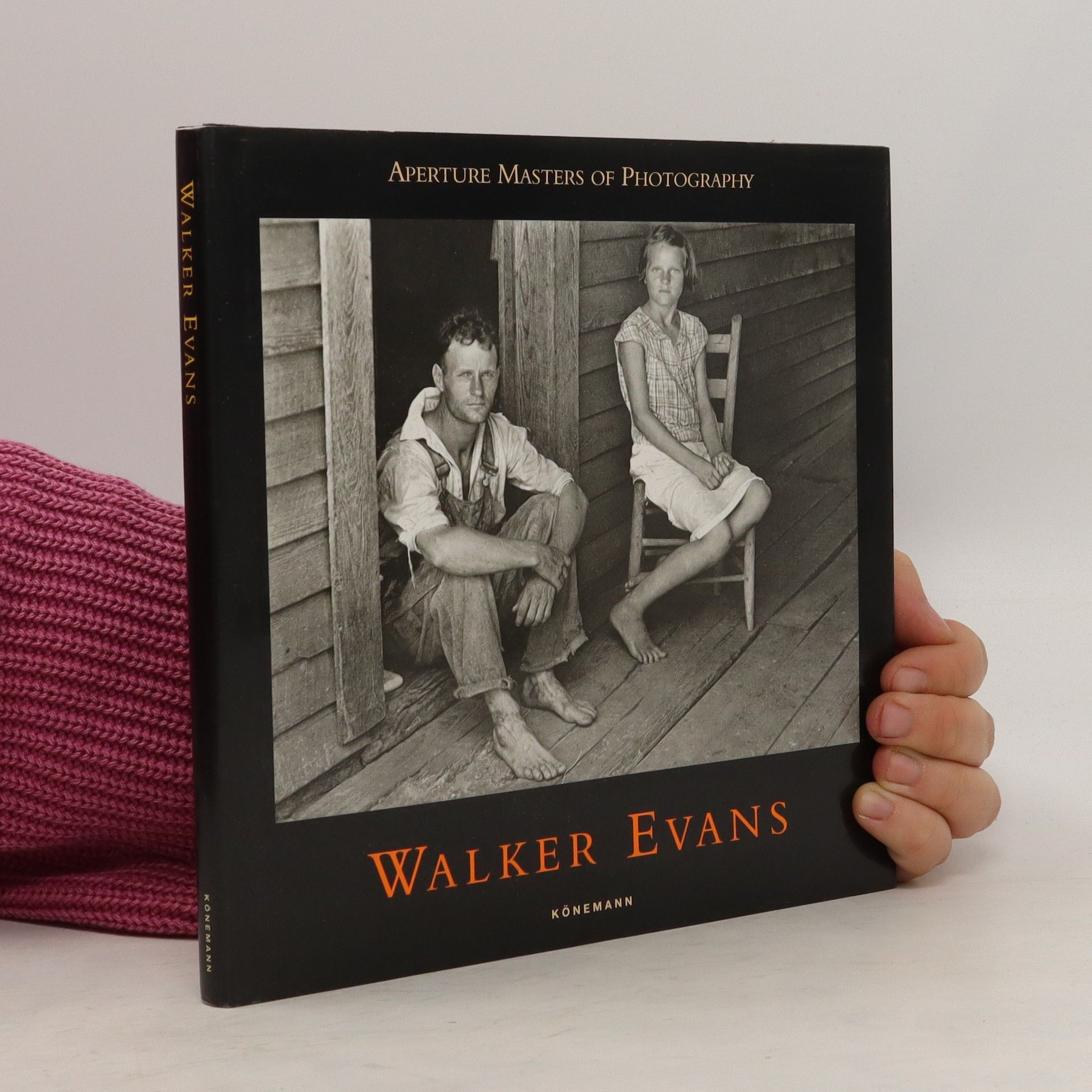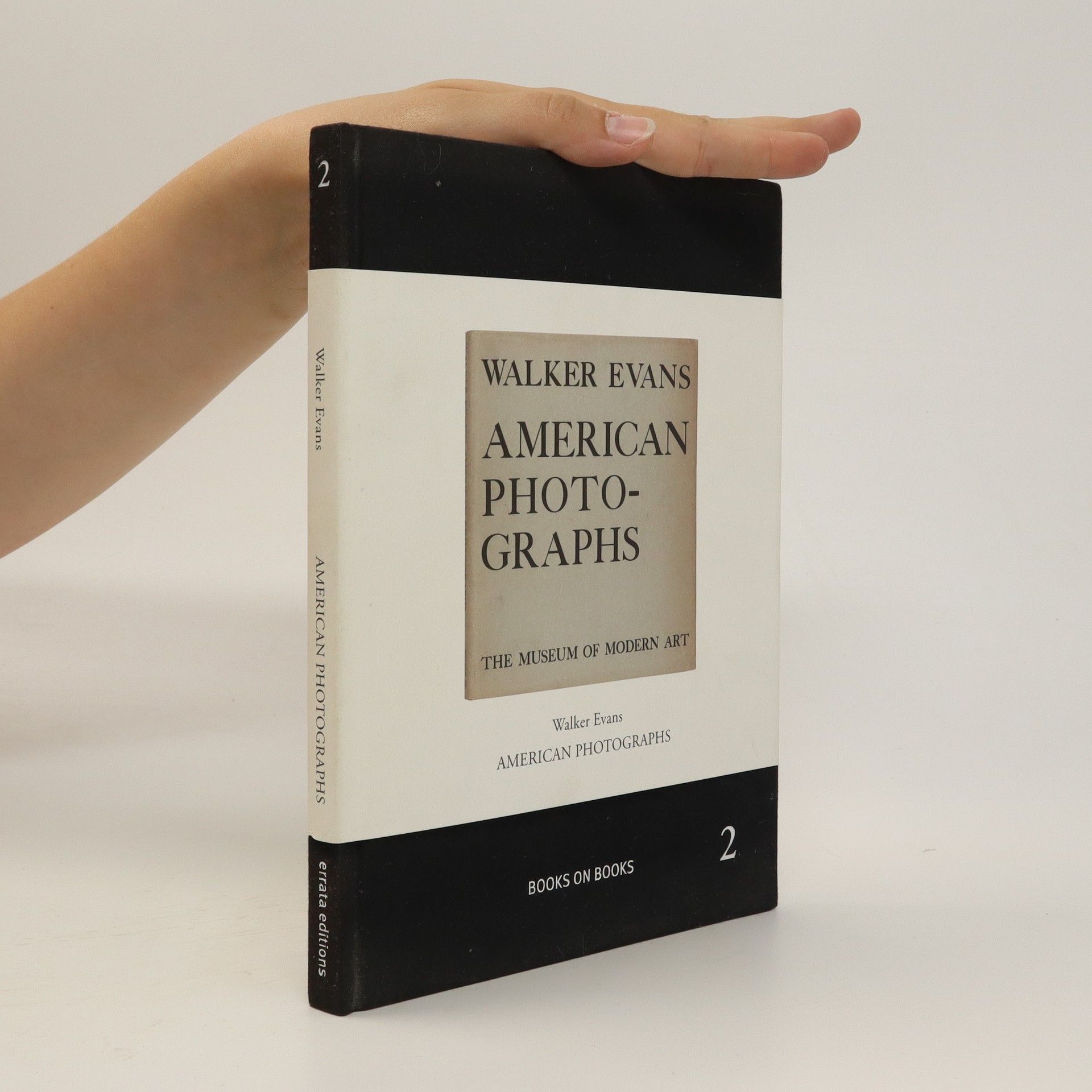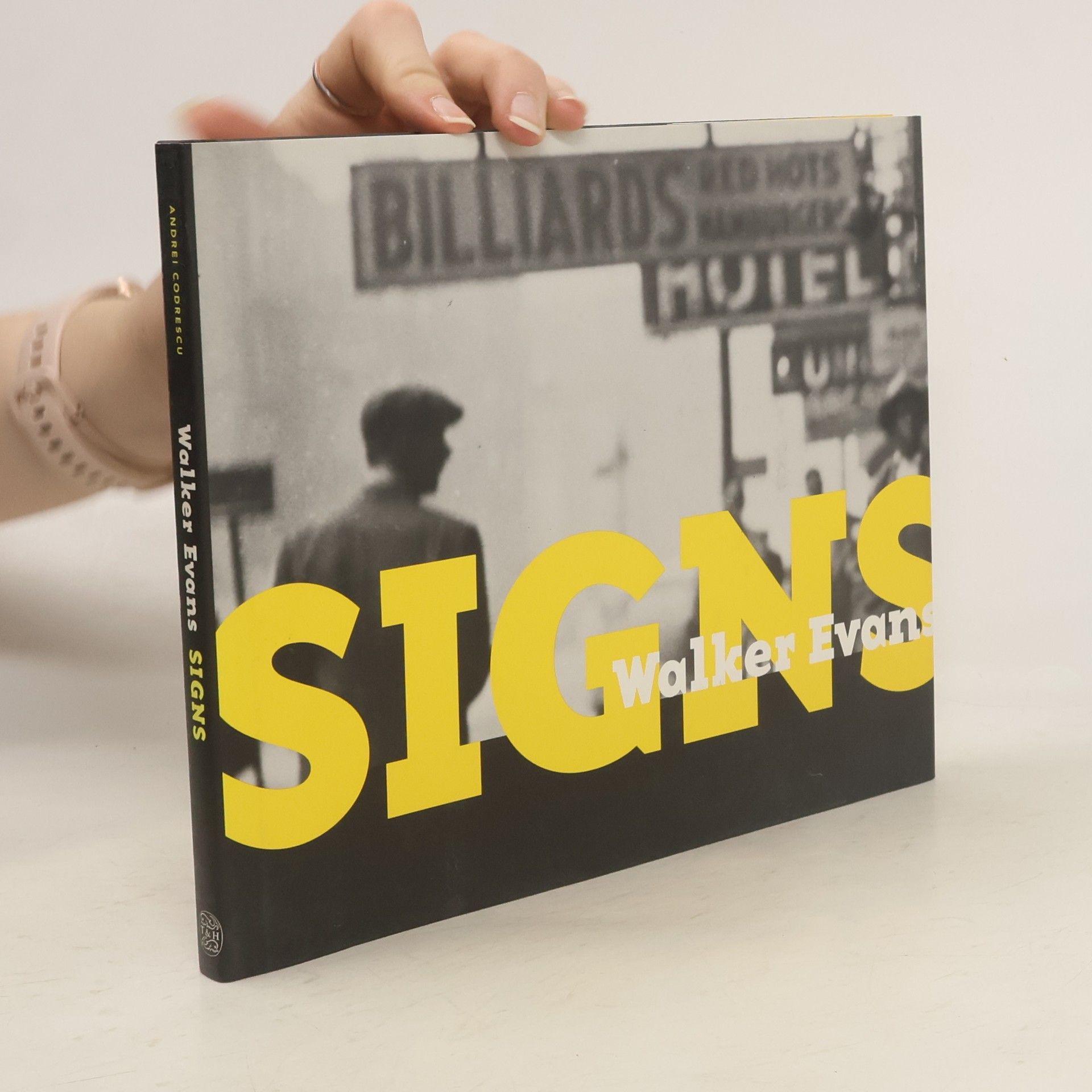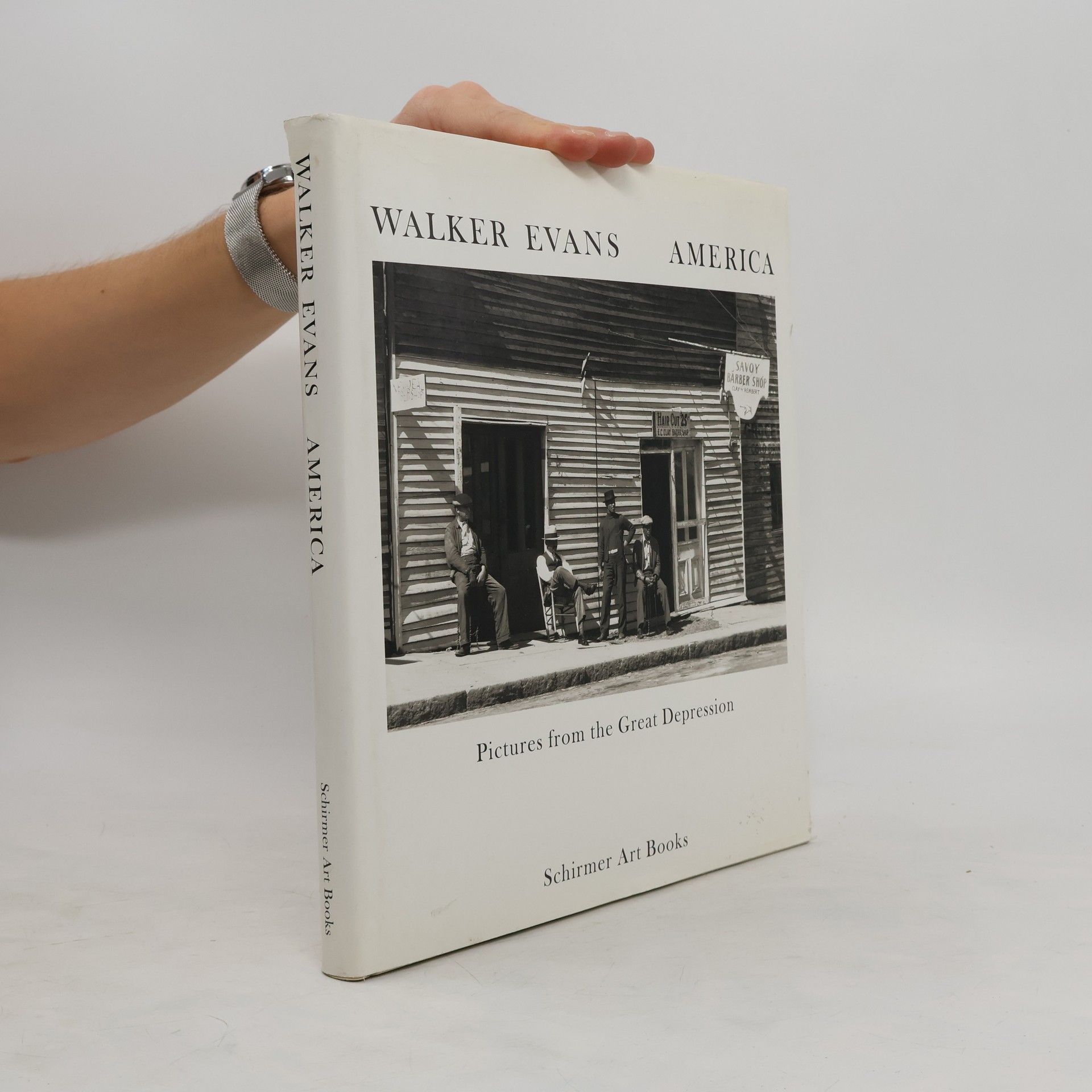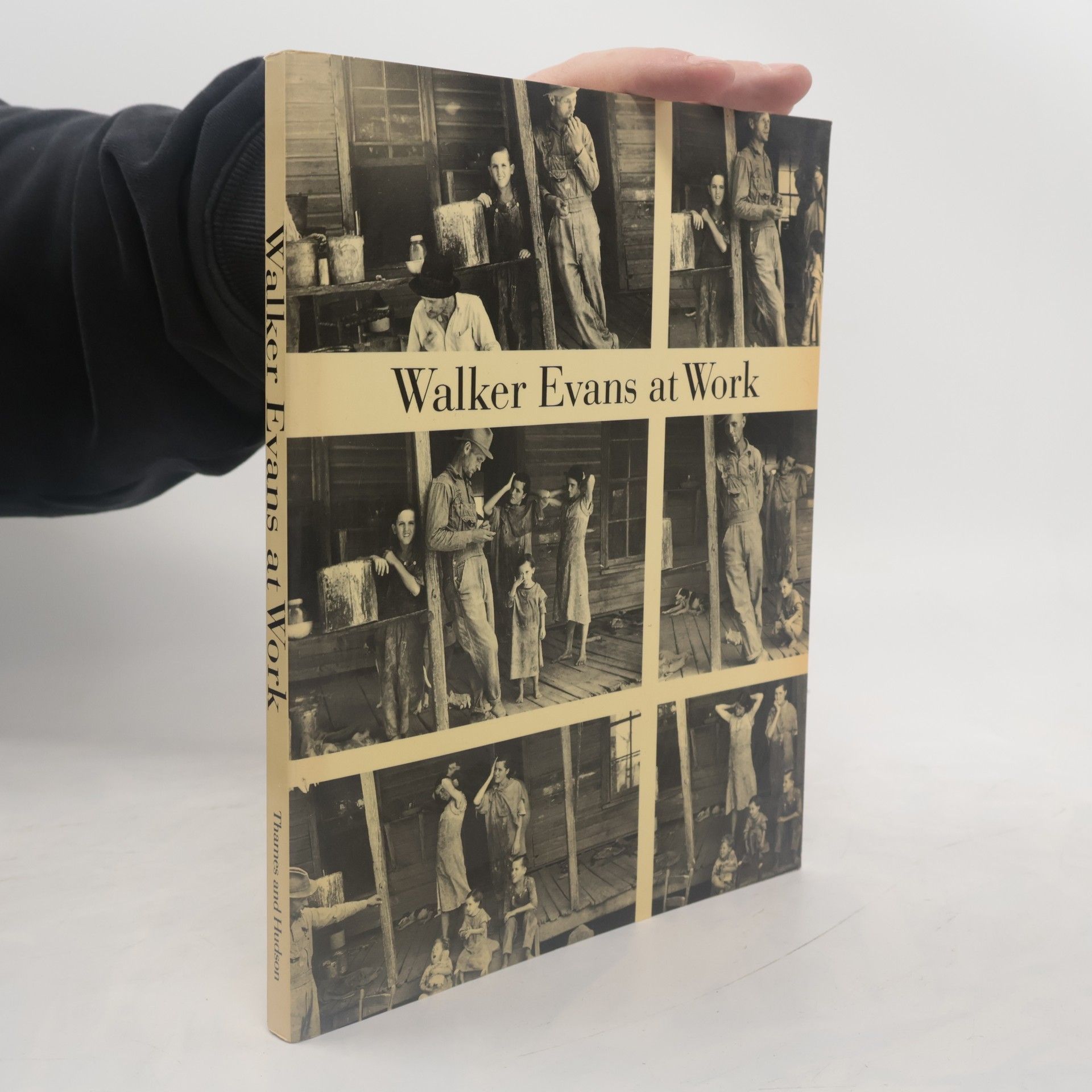Unclassified
- 280pages
- 10 heures de lecture
Edited by Jeff L. Rosenheim. Essays by Jeff L Rosenheim and Douglas Eklund. Introduction by Maria Morris Hambourg. This book, published on the occasion of the artist's first retrospective exhibition in three decades, presents a selection of mostly unpublished material from the Walker Evans Archive, the vast collection of negatives and papers acquired in 1994 from the artist's estate by The Metropolitan Museum of Art. Evans left to posterity an amazingly rich record of his creative process and inner life. From his earliest boyhood snapshots to the seldom-seen color Polaroids made in the year before his death, Unclassified - A Walker Evans Anthology traces the development of this American master through previously unpublished writings (fiction, diaries, essays, and criticism); his fascinating and copious early correspondence with the German artist, Hanns Skolle (Evan's best friend at the time); and revealing letters from Robert Frank, Lee Friedlander, and Diane Arbus. Previously-unknown photographs from the Metropolitan's collection of 40,000 negatives and transparencies reveal the artist at work. The anthology concludes with telling selections from Evan's seminal collection of vernacular roadside signs, picture postcards, printed ephemera, and a shockingly prescient album of newspaper clippings from the 20s and 30s that prefigures Andy Warhol and Pop and Conceptual Art by three decades.


